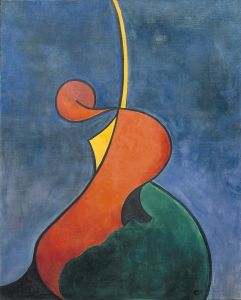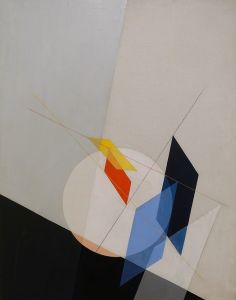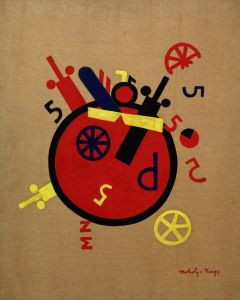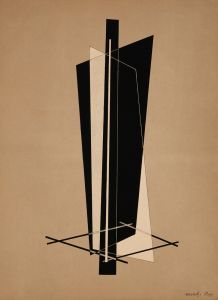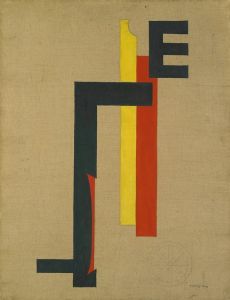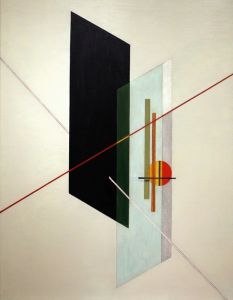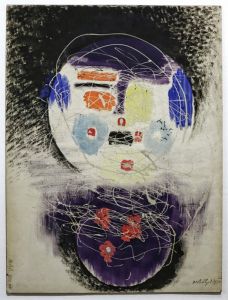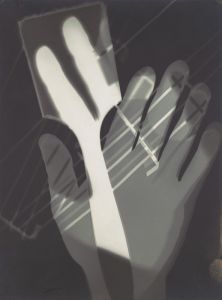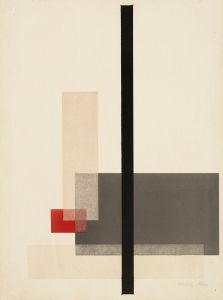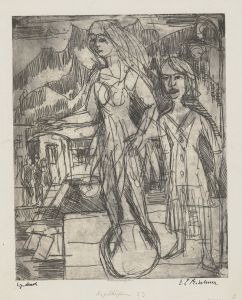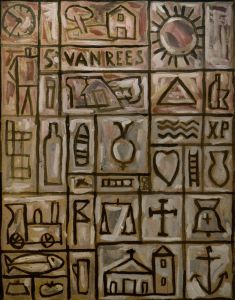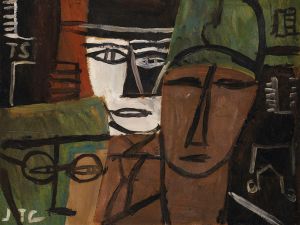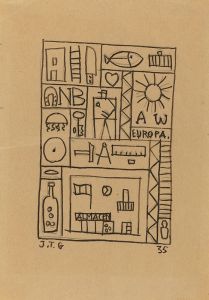
Konstruktion
A hand-painted replica of László Moholy-Nagy’s masterpiece Konstruktion, meticulously crafted by professional artists to capture the true essence of the original. Each piece is created with museum-quality canvas and rare mineral pigments, carefully painted by experienced artists with delicate brushstrokes and rich, layered colors to perfectly recreate the texture of the original artwork. Unlike machine-printed reproductions, this hand-painted version brings the painting to life, infused with the artist’s emotions and skill in every stroke. Whether for personal collection or home decoration, it instantly elevates the artistic atmosphere of any space.
László Moholy-Nagy was a Hungarian artist and educator, known for his innovative approach to art and design. He was a prominent figure in the Bauhaus movement and made significant contributions to various artistic fields, including painting, photography, and industrial design. One of his notable works is "Konstruktion," which exemplifies his exploration of abstraction and constructivism.
"Konstruktion" is a painting that reflects Moholy-Nagy's interest in the interplay of geometric forms and the use of space. The artwork is characterized by its precise arrangement of shapes and lines, creating a sense of balance and harmony. Moholy-Nagy was influenced by the constructivist movement, which emphasized the use of geometric abstraction and the integration of art and technology. This influence is evident in "Konstruktion," where the composition is meticulously organized, and the elements are arranged in a way that suggests movement and dynamism.
Moholy-Nagy's work often explored the relationship between art and technology, and "Konstruktion" is no exception. He believed that art should reflect the technological advancements of the time and sought to incorporate these ideas into his work. The painting demonstrates his interest in the use of industrial materials and techniques, as well as his fascination with the potential of new media. Moholy-Nagy was known for experimenting with different materials and processes, and his work often pushed the boundaries of traditional artistic practices.
In "Konstruktion," Moholy-Nagy employs a limited color palette, using primarily black, white, and shades of gray. This choice of colors enhances the focus on form and structure, allowing the viewer to appreciate the intricate arrangement of shapes without the distraction of vibrant colors. The use of monochrome also reflects the influence of photography on Moholy-Nagy's work, as he was deeply interested in the possibilities of this medium and its impact on visual perception.
The painting is a testament to Moholy-Nagy's belief in the integration of art and life. He was a proponent of the idea that art should be accessible and relevant to everyday life, and his work often sought to bridge the gap between artistic expression and practical application. "Konstruktion" embodies this philosophy, as it not only serves as a piece of visual art but also as an exploration of the principles of design and their application in the modern world.
Moholy-Nagy's contributions to the Bauhaus movement and his innovative approach to art and design have left a lasting impact on the art world. His work, including "Konstruktion," continues to be studied and appreciated for its forward-thinking approach and its exploration of the relationship between art, technology, and society. Through his art, Moholy-Nagy challenged traditional notions of what art could be and paved the way for future generations of artists and designers to explore new possibilities.
In summary, "Konstruktion" by László Moholy-Nagy is a significant work that exemplifies his exploration of geometric abstraction and the integration of art and technology. The painting reflects his interest in the principles of constructivism and his belief in the relevance of art to everyday life. Moholy-Nagy's innovative approach and contributions to the Bauhaus movement have left a lasting legacy, and his work continues to inspire and influence artists and designers around the world.





